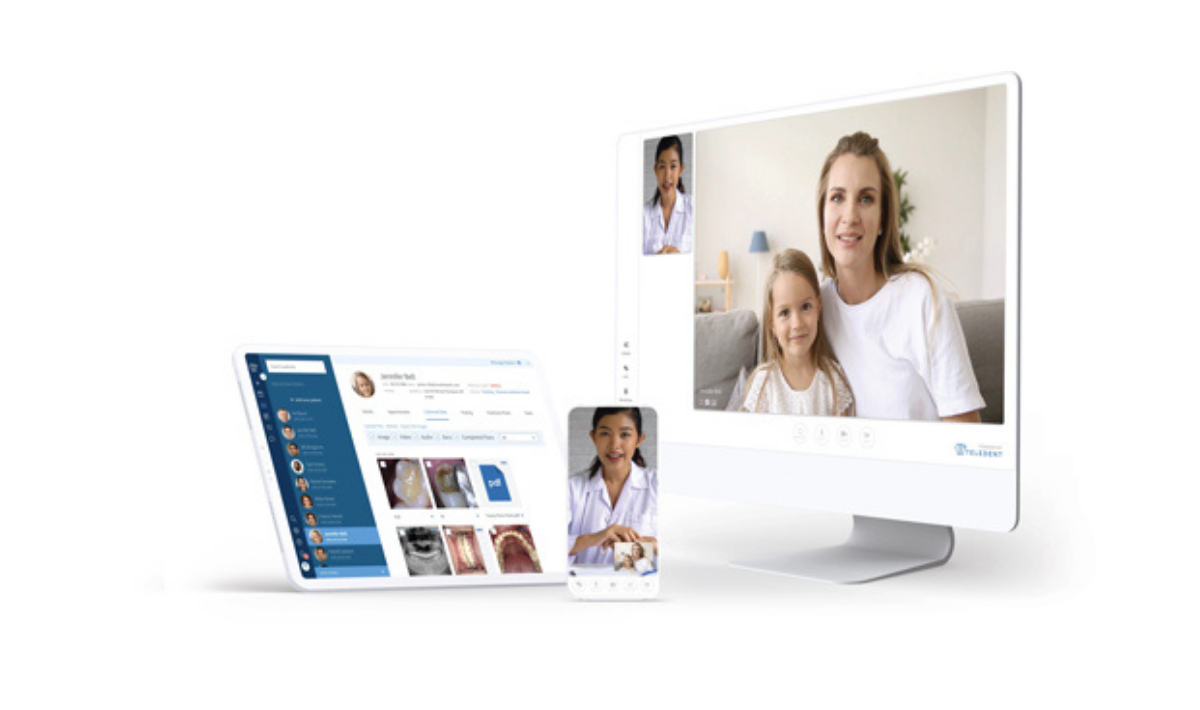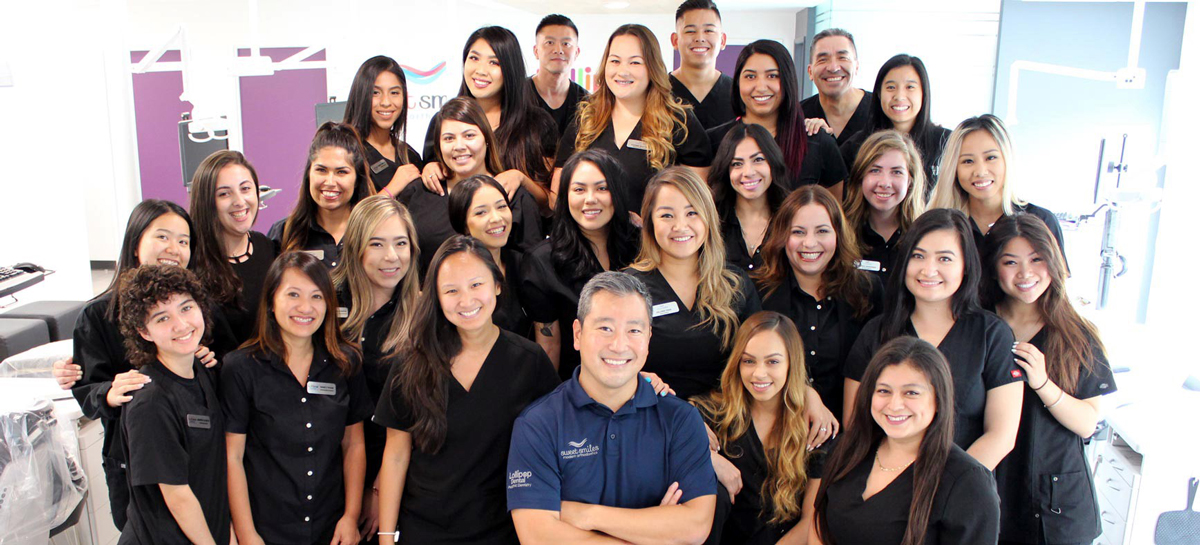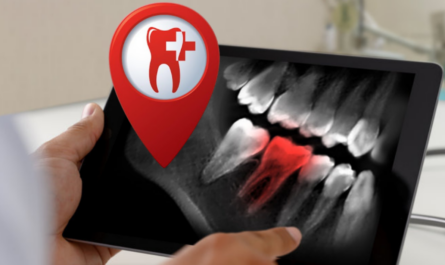COVID-19 provided group practices with an opportunity to put teledentistry tools to the test.
DentaQuest has been big on teledentistry for a while. Since 2012, the company has invested more than $1.7 million to study the applications of telehealth and dentistry. But when the pandemic hit in 2020, teledentistry went from a nice-to-have offering, to a critical clinical care tool for providers and clients alike. “There’s no doubt that the pandemic accelerated that need greatly,” said Todd R Cruse, president of Advantage Dental Oral Health Centers. As Cruse watched the numbers on a daily basis, he was excited to see the uptick in utilization of teledentistry through the MouthWatch TeleDent platform by both patients and practitioners.
Advantage Dental, DentaQuest’s care delivery organization which operates nearly 80 clinics across six states, was recognized for its efforts with a Teledentistry Innovation Award in 2020 in the category of COVID-19 Response – Oral Health Program. In their acceptance of the award, DentaQuest leaders highlighted several ways in which their organization has benefited from utilizing teledentistry amid the pandemic.
Reducing ER visits
Cruse said the biggest takeaway in using teledentistry throughout the pandemic was that DentaQuest care providers were able to keep patients out of the ER. The dental team could take care of emergent or urgent issues rather than an already overwhelmed hospital. “Which is the appropriate way to deal with it,” he said, “as opposed to clogging up the ER system, especially in the middle of a national pandemic.”
Tele-prevention
You can hear a lot from a patient through a phone conversation, but an image speaks a thousand words, said Sharity Ludwig, director of Alternative Care Models at Advantage Dental. Utilizing the TeleDent platform’s visual capabilities through images and video allowed the providers to see what the patient was experiencing. For instance, one provider initially had a phone conversation with a patient who said that she wasn’t experiencing any swelling. But when the video interaction came into play, it was evident that the patient had swelling. “So they were able to prescribe an antibiotic and then get that patient into appropriate care for ongoing dental treatment,” Ludwig said.
Building resiliency
CareQuest Innovation Partners is a for-profit affiliate of the CareQuest Institute or Oral Health that focuses on innovation to transform oral health access and outcomes for underserved populations in the U.S. Kirill Zaydenman, vice president of Innovation for CareQuest Innovation Partners, said implementing telehealth and dentistry has been a way to make care and dental teams more accessible and more person centric. It has also helped practices be more resilient “through challenges that we know are coming, but also challenges that we don’t.” For instance, practices on the West Coast had to shut down not only because of the pandemic, but due to wildfires. “Having teledentistry in place as a system that we could revert to made our practices more resilient.”
Indeed, the combination of a pandemic and innovative teledentistry tools may have accelerated “what should be happening in dentistry anyway,” said Cruse, “which is the utilization of innovation to reach patients in need, but more importantly, deliver dental services in the most appropriate and convenient care setting.”
To watch the full interview, visit https://teledentistryinnovationawards.com/2020live.





